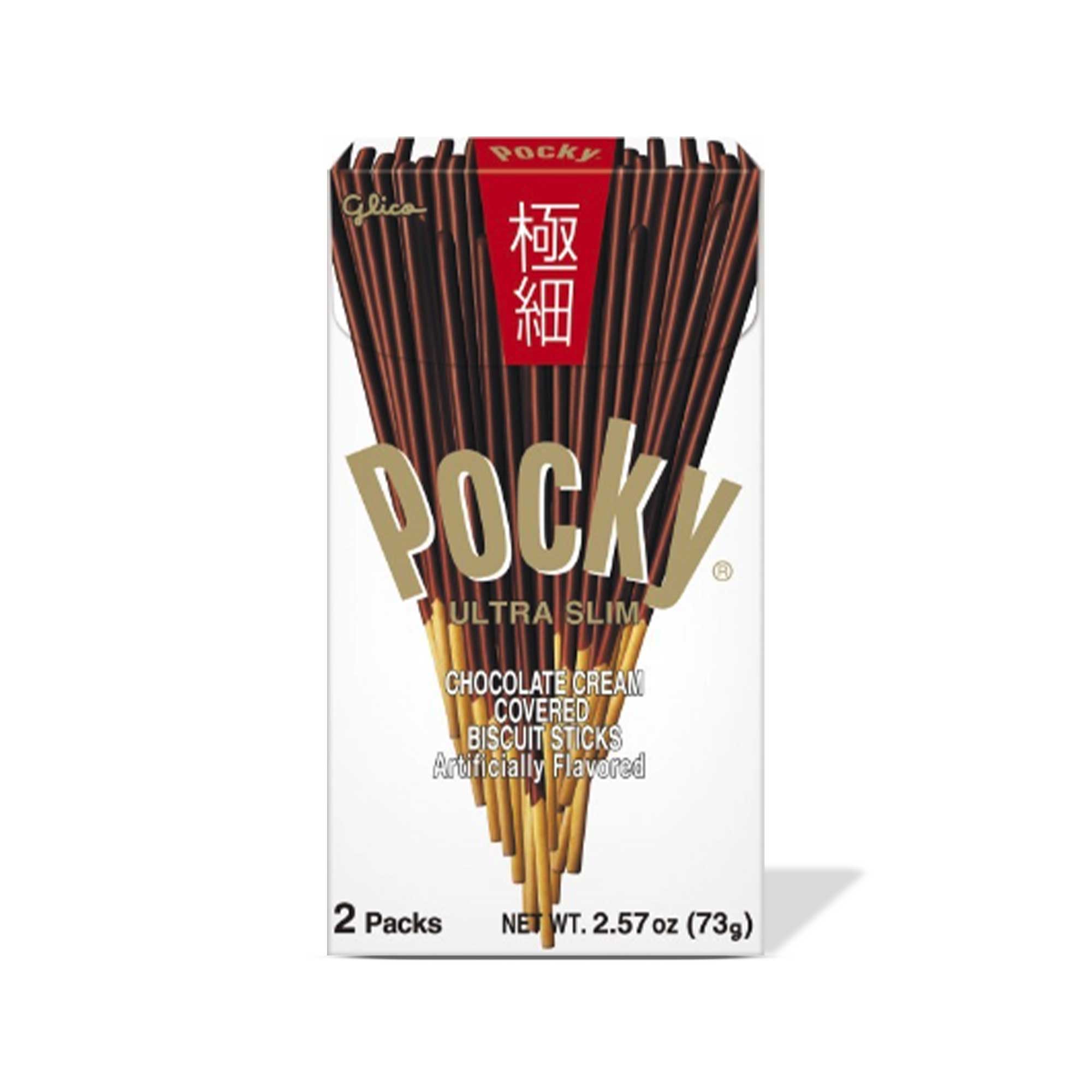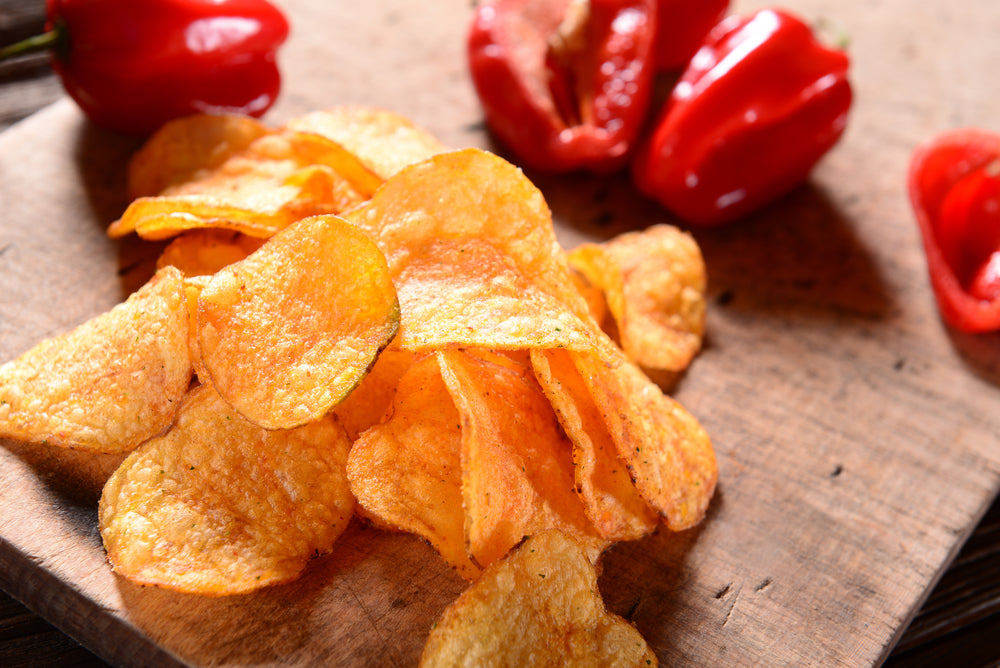How to Make Gyudon at Home
New to Japanese cooking? Feeling stuck at souped-up instant ramen and a clumsy cucumber roll? The world of Japanese cuisine can feel impenetrable to at-home chefs accustomed to western food that centers large cuts of meat. We’ll admit, there are some ingredients you’ll need to make a kind of Japanese mini-pantry. Once you have them, though, you’ll be just a few recipes away from an extensive menu of Izakaya mainstays and home-cooked Japanese comfort food.
No local Asian markets? No problem: you can now order groceries, snacks, and even cooking supplies from Bokksu! Gyudon is an excellent beginner’s meal because it is super flavorful and requires almost no special ingredients beyond aforementioned Japanese pantry staples.
What is Beef Gyudon?
Japanese cuisine is full of dons: katsudon, oyakodon, tempura-don (aka ten-don), and today’s recipe, gyudon. But who are these -dons, and are they related? Any Japanese meal ending in the suffix -don is some kind of donburi: a meal served over a bowl of rice. We are big fans of donburi. It's a simple format that easily transforms a single flavor-rich dish into a full meal. Donburi is filling. It’s an excellent way to stretch your cooking to accomodate a surprise guest or two. For those of you who are feeling chilly, donburi also feels really good in your hands.
Gyudon (also spelled gyūdon or gyuudon) is a savory meal of thinly sliced beef and soft onion cooked in umami-rich broth, served over a bowl of white rice. Depending on where you live, you may have had the pleasure of trying gyudon at an international fast food chain specializing in the dish.
Serving Gyudon…with a Side of Veggies
Because this dish is on the richer side (just look at the ingredient list below!) and we wanted to include some veggies, we had our gyudon with broccoli. To offset the salty, sweet, umami gyudon, we kept the flavor simple by gently steaming two large heads of broccoli. Crunchy bright-green broccoli florets would be right at home in a Japanese meal, but we decided to toss ours in a frying pan with a dash of sesame oil and toasted sesame seeds.


If you’re a snacky cook or otherwise want to prevent food waste, peel or cut the tough skin from the broccoli stem. Slice the tender, sweet insides into thin strips, and let sit in a dish of light, citrusy ponzu. Eat at your leisure. These broccoli strips also look good in a small dish, so feel free to include them as a second side. Now, on to our main dish!
A Simple Gyudon Recipe
First, Let’s Gather Our Ingredients
Equipment:
- Cooking chopsticks
- Cutting boards and knife: one for meat, one for vegetables
- Large saucepan
- Large spoon or ladle
- Measuring spoons
Ingredients:

- 3 cups of Nishiki Premium White Sticky Rice
- 1 lb shaved beef (available at Trader Joe’s grocery stores)
- 1 thumb-sized piece of ginger
- 1 medium-large yellow onion

- ¼ cup Wanjashan Organic Soy Sauce

- ½ cup Kikkoman Aji-Mirin

- ½ cup Morita Organic Cooking Sake
- 3-4 Tbsp sugar, to taste (Japanese-style is a little sweeter)

- 2 tsp Ajinomoto Instant Hondashi Stock
- 2 scallions/ green onions

- ~1 Tbsp Kizami Shoga Pickled Ginger
Start with Your Rice!
First, as always, rinse and soak your rice. If you work a 9-5, do it as soon as you get home. For short-grain white sticky rice like Nishiki Premium, you want at least 30 minutes to soak, ideally closer to 1 hour. Your typical rice cooker will likely need about 30 minutes to cook. We recommend using three cups. You can always use leftovers for fried rice tomorrow! If you are using brown rice, you’ll need to soak the rice for longer to penetrate the grains. Two hours of soaking time is not excessive.
This may all seem boring, but good rice is essential, and excellent rice needs a proper rinse and soak! Pour your rice into the rice cooker using the special measuring cup that came with your machine, then fill with water until you hit the “3” line. After that, you can hit START.
Prepare Your Ingredients!
- Rinse and soak rice! (30 min - 1 hr for white sticky rice; 2 hrs for brown)
- Press “START” on rice cooker once soaked
- Cut thin-sliced beef into bite-sized pieces
- Cut onion in half, then slice into ½” pieces
- Cut ginger into thin slivers (mincing is fine, too)
Make your Simmering Broth:
- Stir instant dashi granules into 2 cups of water
- Measure and pour into saucepan: dashi, soy sauce, sake, and mirin
- Add sugar to taste
- Add ginger and onion to the pan. Heat until boiling.
Cooking Time!
- Once the broth is boiling, turn the heat to medium. Cook onions until barely soft, about 7 minutes.
- Add beef using cooking chopsticks. In the pan, break up any sections that have clumped together.
- Stir occasionally for about 10 minutes. During this time, thinly slice green onions for your garnish.
- Remove the saucepan from heat when you can break the onions with your chopsticks.
Plate:
- Add one or two scoops of rice to each bowl.
- Use a spoon and chopsticks to add a mix of beef and broth.
- Sprinkle it with chopped green onions and pickled ginger, and call everyone to the table.
Itadakimasu! Enjoy!
Author Bio










